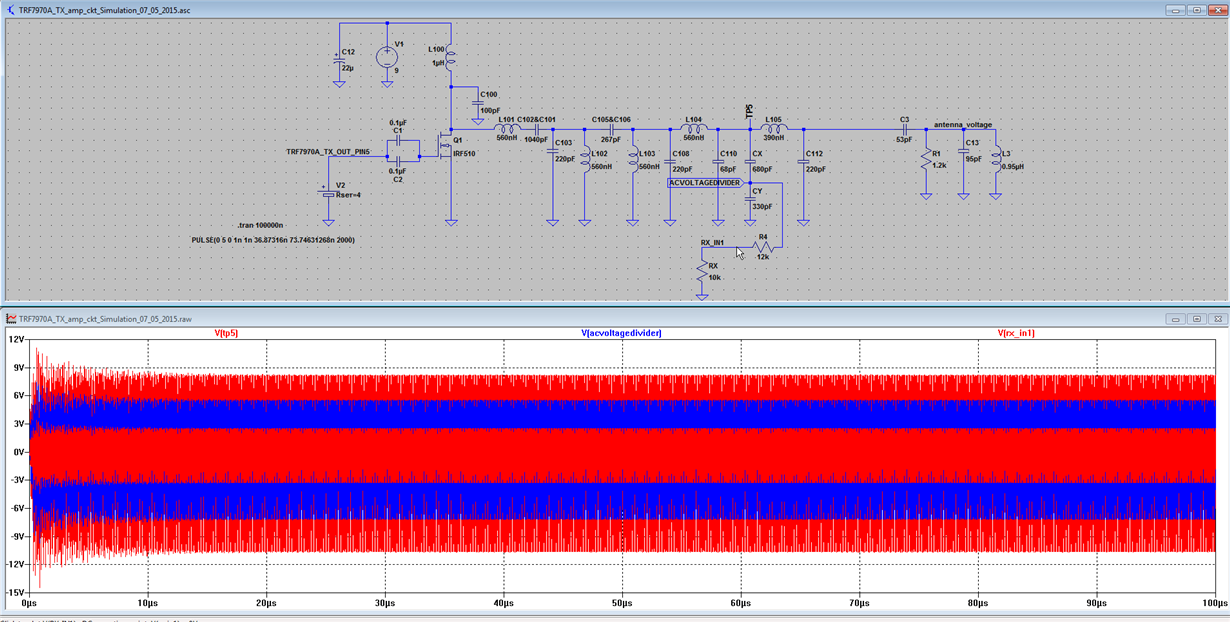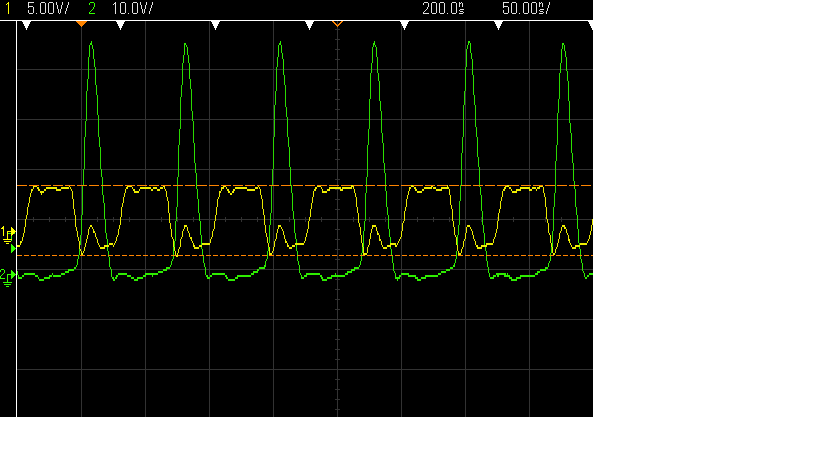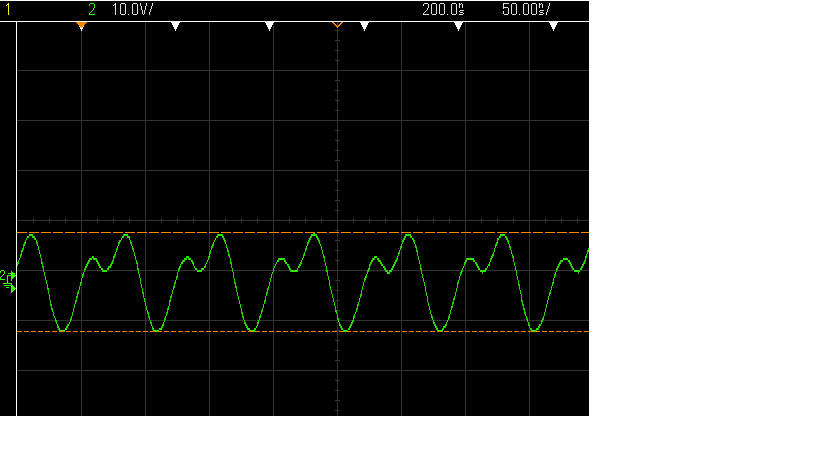Other Parts Discussed in Thread: TRF7970A
Hello,
Here are two questions,
1. According to your TRF7970A external power amplifier document, I may simplify this design for 1W RF power output if only using one receiving signal RX_IN1 and 100% modulation transmitting, optional RX filter and external modulation control can be not needed, is it correct?
2. When transmitting TP05 signal Vpp is 20V, RX_IN1 input resistance in datasheet is 10kohm, Vpp value of input signal is about 10V from calculation(voltage divider resistance 3.9kohm), so it exceeds Maximum RF input voltage at RX_IN1(3.5V). can the TRF7970A chip be damaged?
Thanks
Brian






